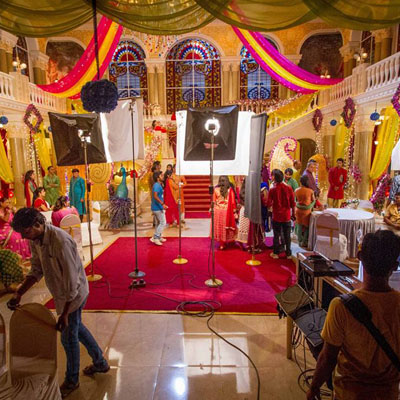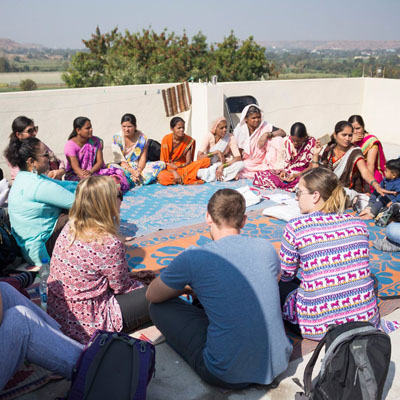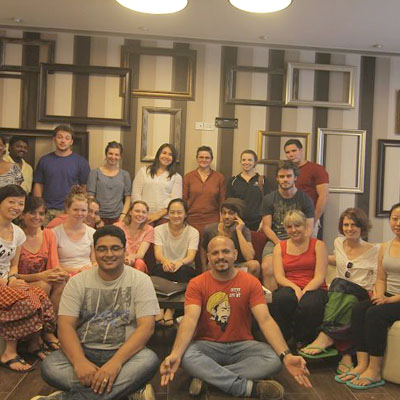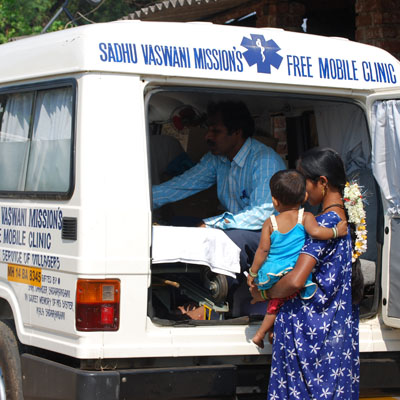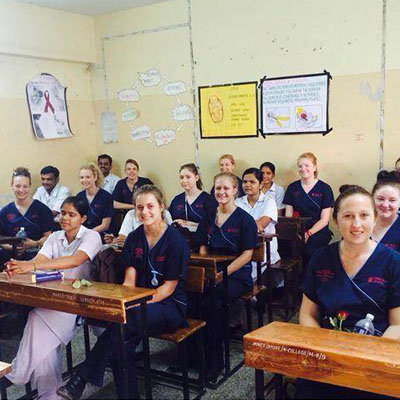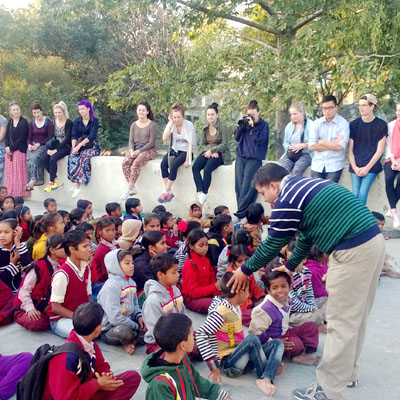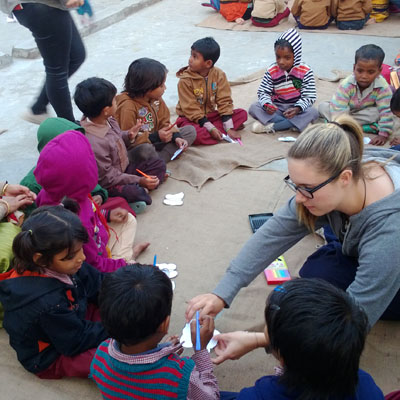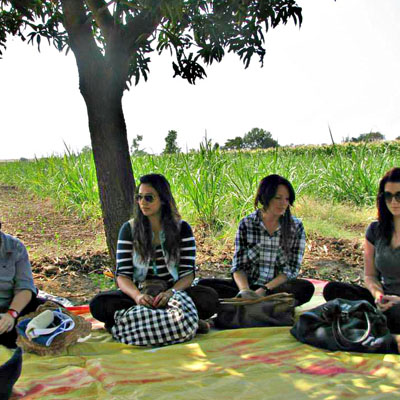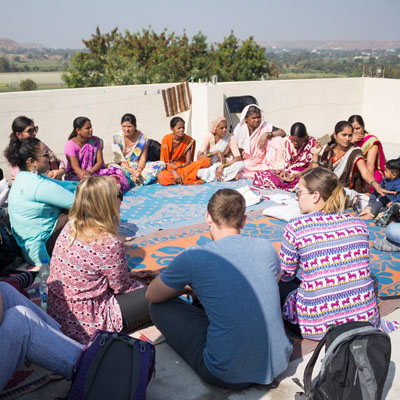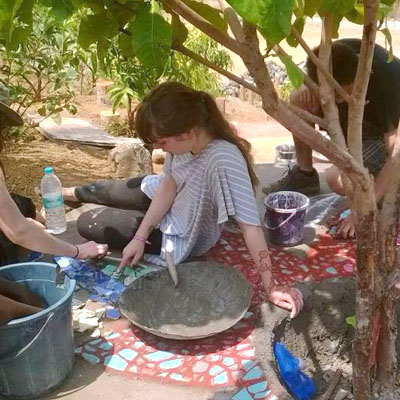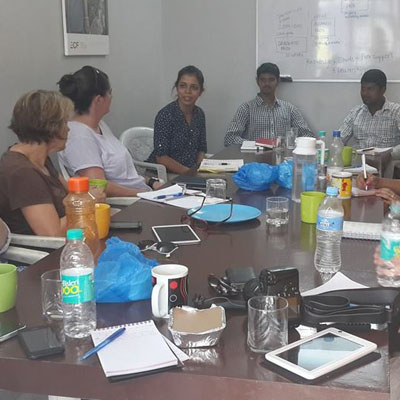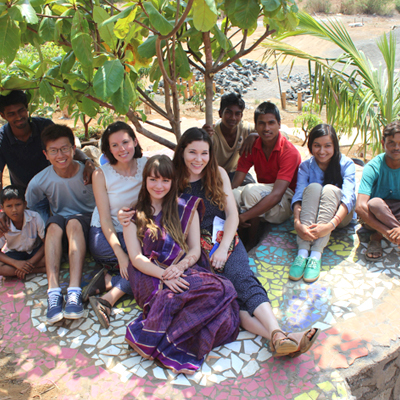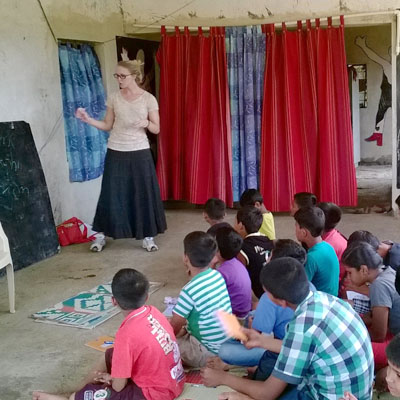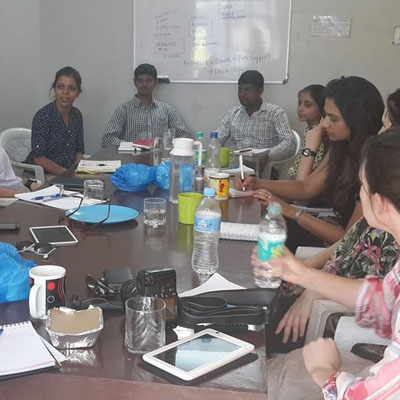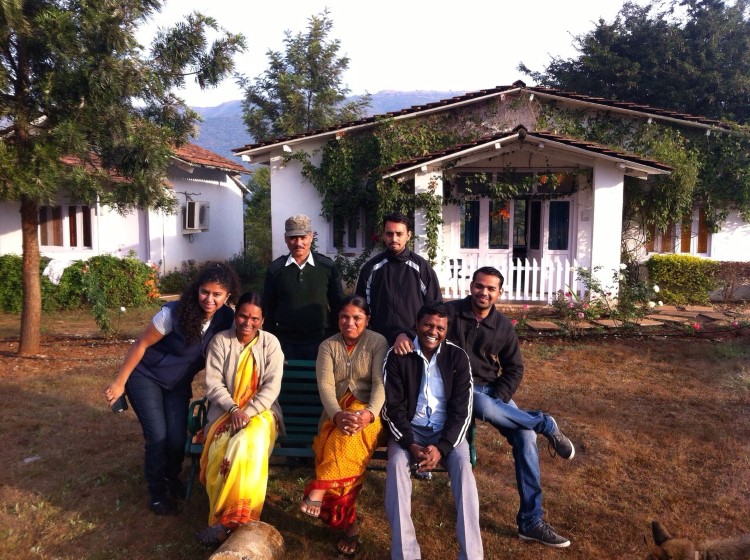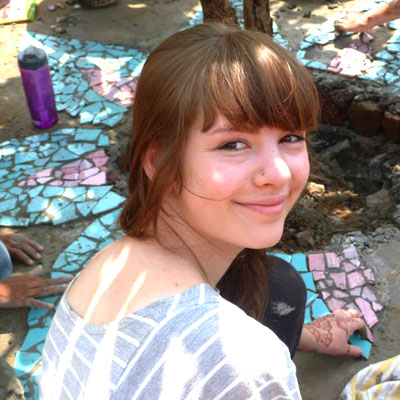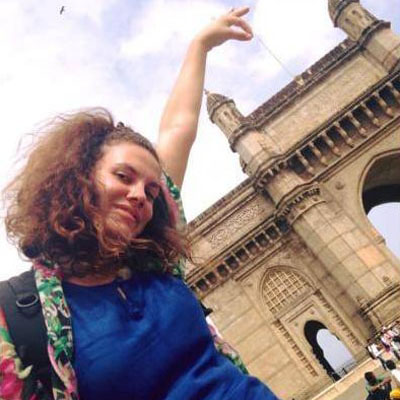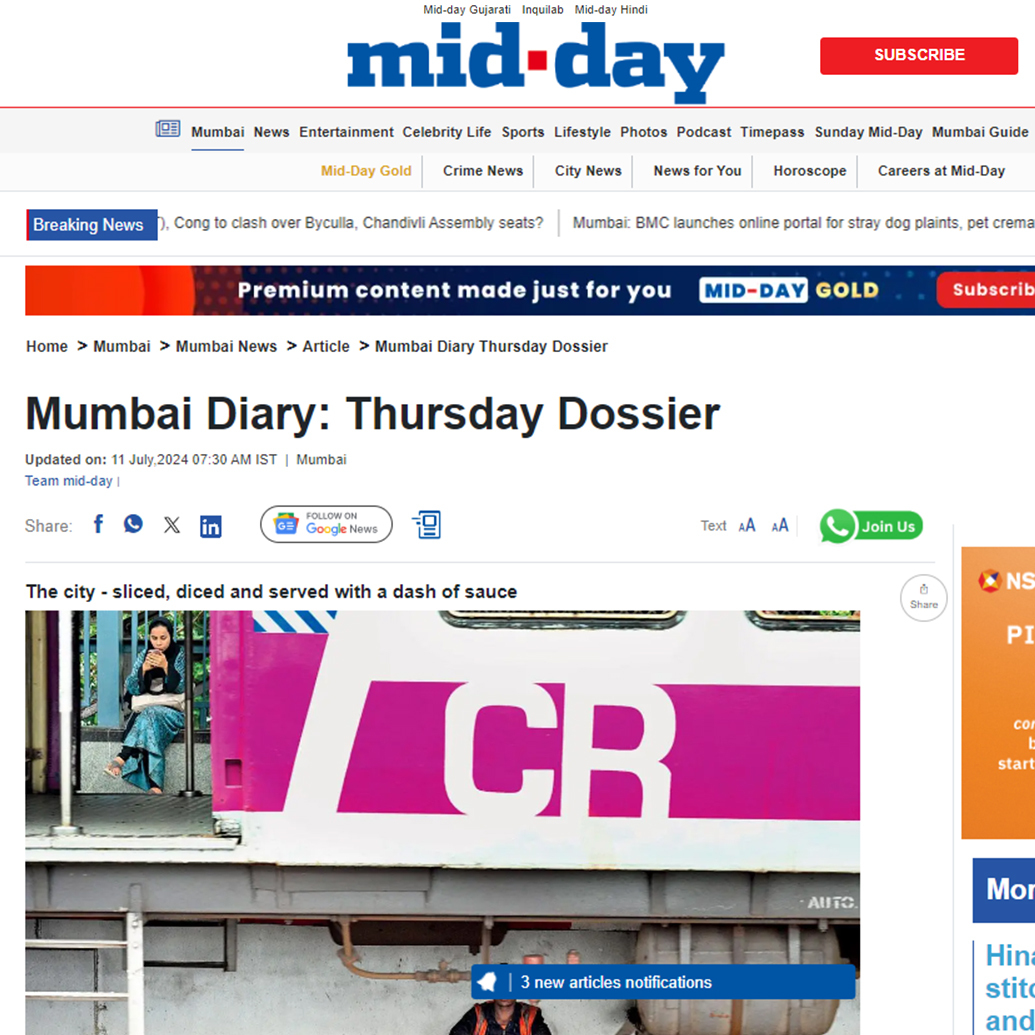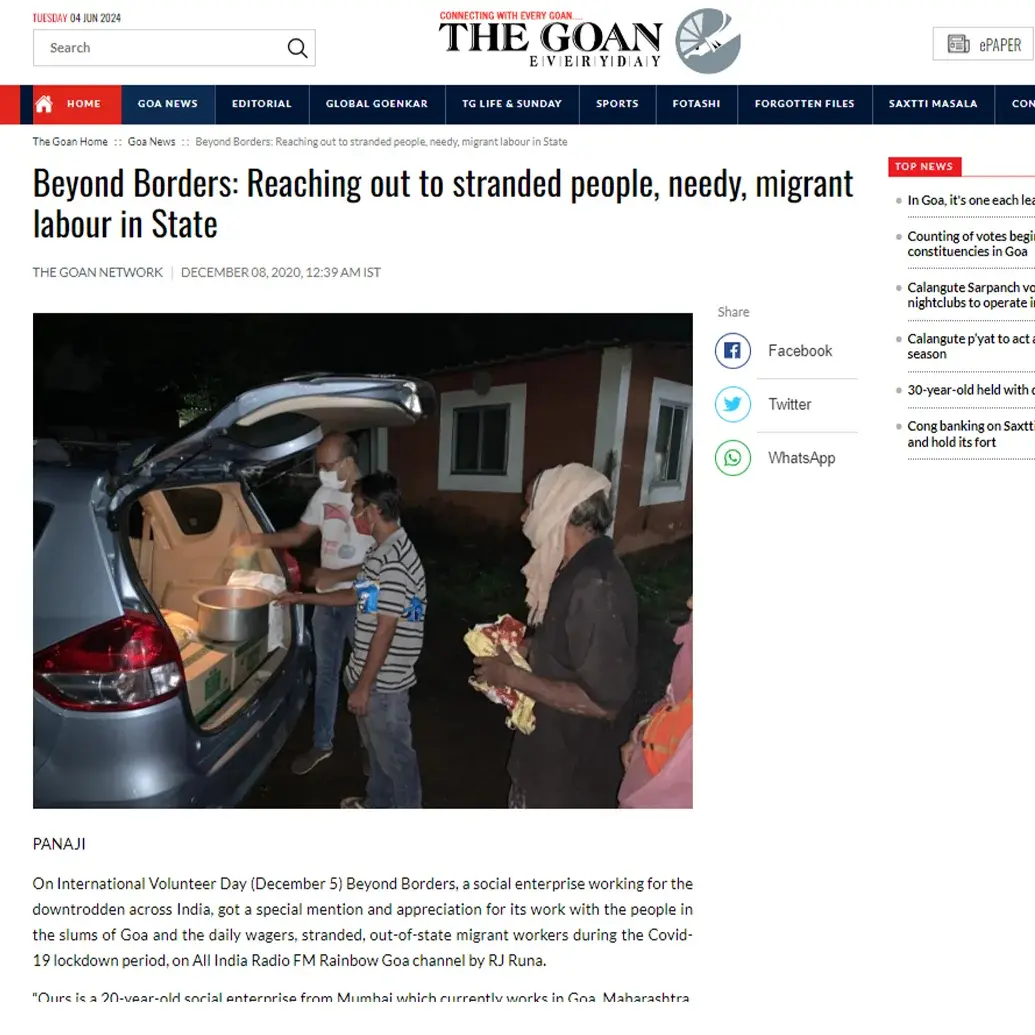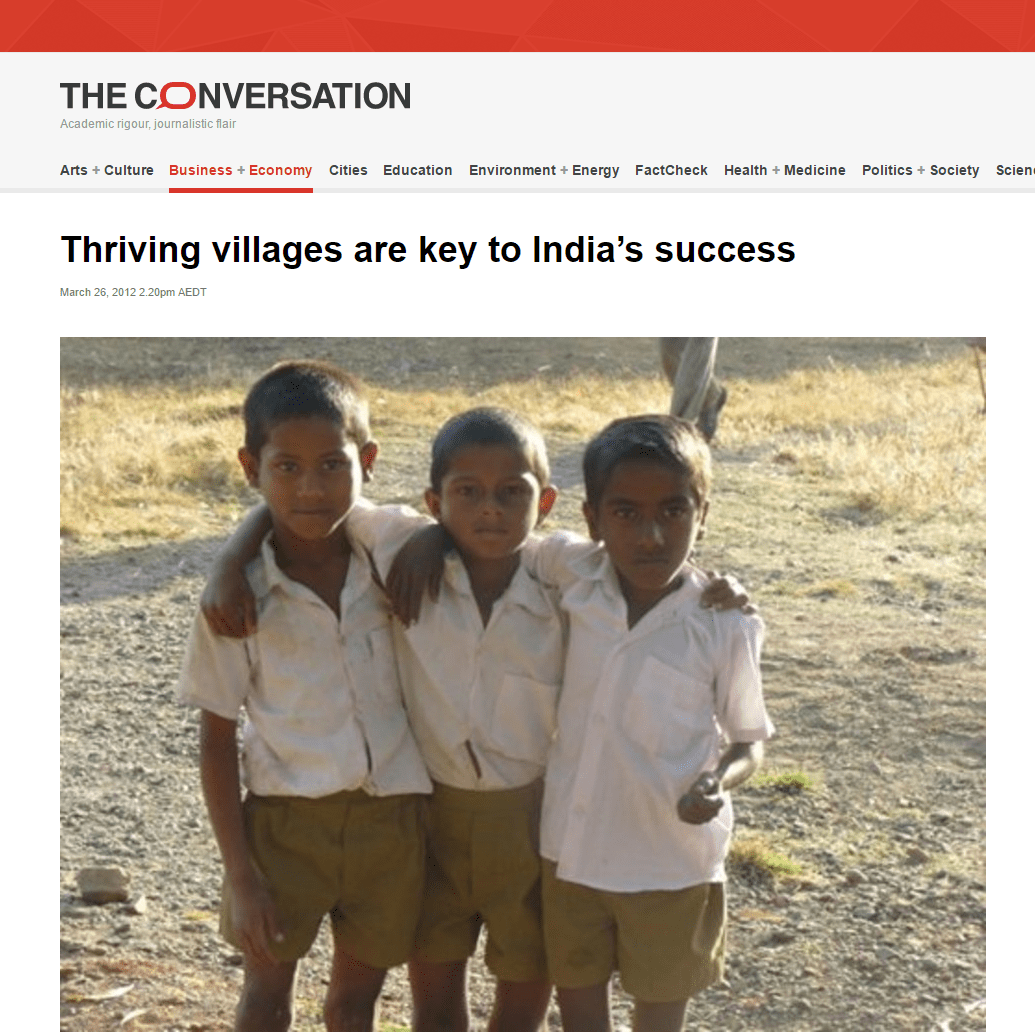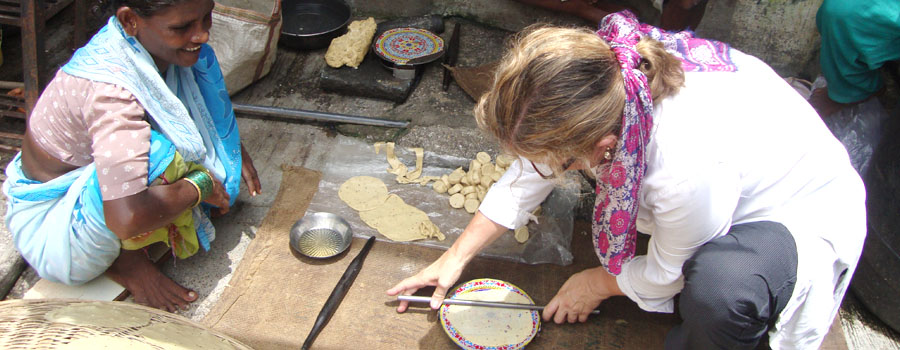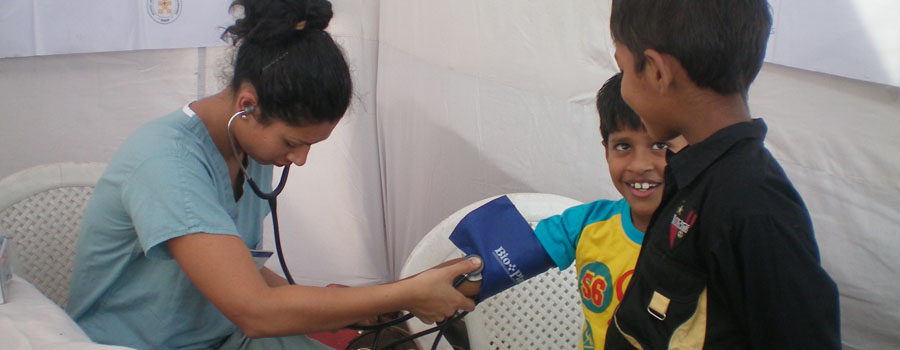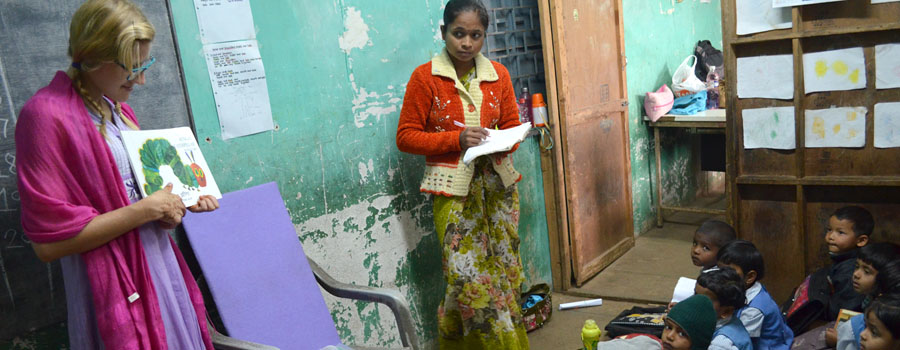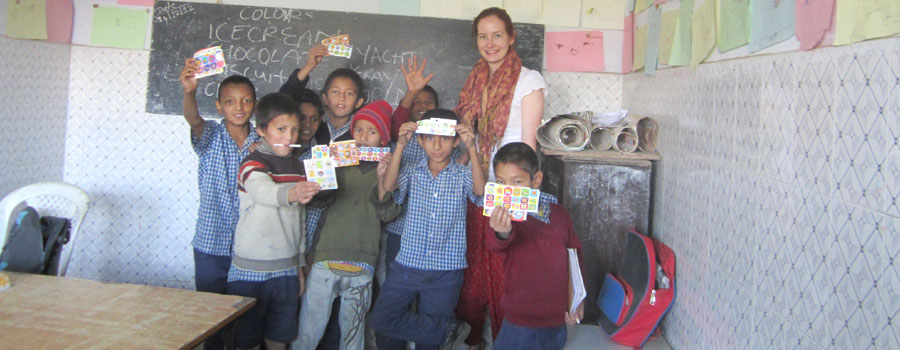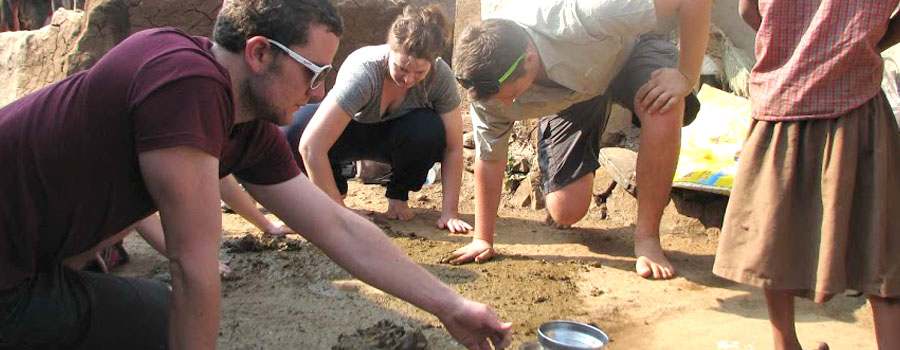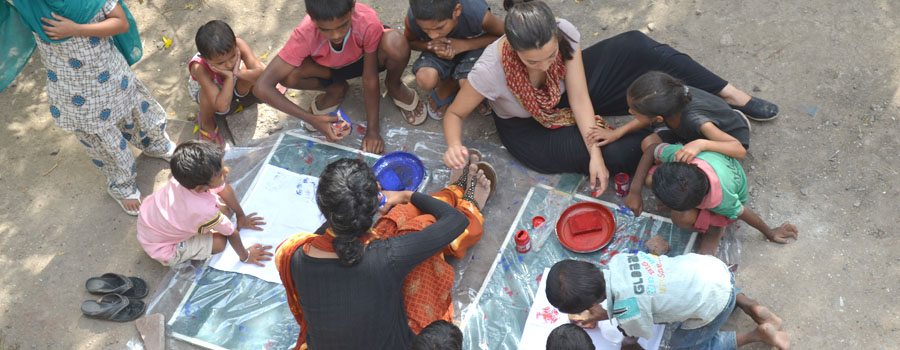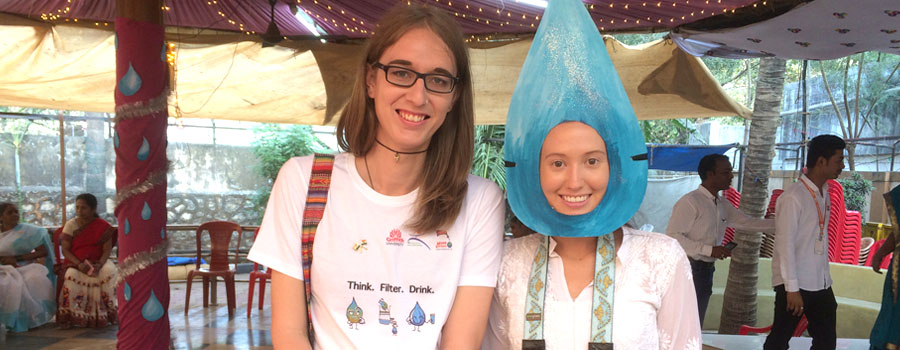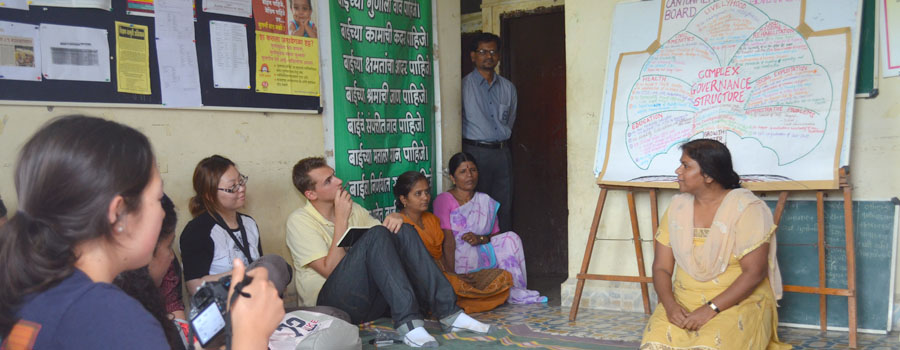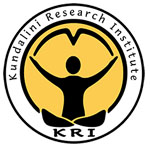The climate in India is predominately influenced
by the Himalayas and the Thar Desert which
together drive the alternating monsoons which
drive the weather changes in India.
India can basically be split up into 7 different
climatic regions which play host to 4 different
climates. As you move around India you will find a
variety of weather conditions ranging from
tropical wet to tropical dry and subtropical humid
to montane.
Extending from 8 degrees north to 33 degrees north
and with a wide variety of terrain it is
understandable why such a variety of weather
conditions prevail. India is home to the highest
mountain range in the world- the Himalayas, so
here you will find permanent snow fields that are
frozen year in year out. As you move south and
head toward the tropical coast lands you will find
conditions that are fairly typical of a tropical
climate. In the vast plains of the Ganges valley,
summers can get unbearably hot and even in the
winter months the conditions stay fairly warm.
As a whole, India’s climate is driven by the
Asiatic Monsoon system which differs from any
other weather system in the world in that the
winds which determine the climate are ever
changing from year to year, and there is no
predictable weather pattern from year to year as
the prevailing winds can change direction at any
point in time.
JUNE to OCTOBER
is when the south west monsoon comes through
India. In different parts of the country the
monsoon will come in at later periods, though on
average it will hit in about June. During this
time, in the mountains, very heavy rainfall is
recorded.
A majority of BEYOND BORDERS’s programs are hosted
around India’s diverse western region which
include Maharashtra and Gujarat. Mumbai (formerly
Bombay) is located in this region, and conditions
here are fairly indicative of what weather
prevails at sea level. The weather in Mumbai is
tropical, and is home to two seasons- both of
which are fairly enjoyable. The humid season in
Mumbai is between March and October, and is
characterized by humidity and temperatures over 30
°C. The average high during April, May and June is
32- 33 degrees and the minimum only falls to 26-27
degrees. Rainfall is at its highest during June
and July, particularly in July.
The dry season in Mumbai, typically from November
to February, sees moderate humidity and warm to
cool weather. From January to February, cold
northerly winds bring a mild chill through the
area. Average minimums during this time are still
a pleasant 12 degrees, maximums sit at about 29
degrees. Daily sunshine during this time is about
8 to 9 hours, which is a stark contrast from the 2
to 3 hours of sunlight during the cloudy months of
July and August!
As we move away from Mumbai towards our other
major program site in Malavli which is situated
near the popular hill-station Lonavla there is a
dip in temperatures and humidity levels. Weather
in Malavli is mostly pleasant to chilly throughout
the year. Rainfall can be heavy in the months of
July and August with long burst of heavy rain that
sometimes last for over 3-4 days.
BEYOND BORDERS’s other program area is around the
desert state of Rajasthan, which is dry and, well,
desert like. In almost all parts of this region
rainfall is below 500mm annually and in some parts
no more than 250mm of rain will fall in an entire
year. In the hottest time of the year, from May to
July, this region is in fact one of the most hot
places in the whole world.




